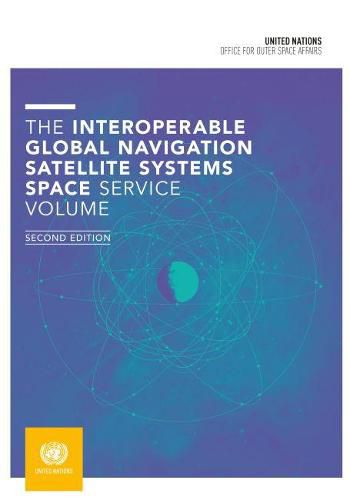The interoperable Global Navigation Satellite Systems Space Service volume
United Nations Office for Outer Space Affairs

The interoperable Global Navigation Satellite Systems Space Service volume
United Nations Office for Outer Space Affairs
Global navigation satellite systems (GNSS), which were originally designed to provide positioning, velocity, and timing services for terrestrial users, are now increasingly utilized for autonomous navigation in space as well. Historically, most space users have been located at low altitudes, where GNSS signal reception is similar to that on the ground. More recently, however, users are relying on these signals at high altitudes, near to or above the GNSS constellations themselves. The availability and performance of GNSS signals at high altitude is documented as the GNSS Space Service Volume (SSV). While different definitions of the SSV exist and may continue to exist for the different service providers, within the context of this booklet it is defined as the region of space between 3,000 km and 36,000 km above the Earth’s surface, which is the geostationary altitude. For space users located at low altitudes (below 3,000 km), the GNSS signal reception is similar to that for terrestrial users and can be conservatively derived from the results presented for the lower SSV in this booklet
This item is not currently in-stock. It can be ordered online and is expected to ship in approx 4 weeks
Our stock data is updated periodically, and availability may change throughout the day for in-demand items. Please call the relevant shop for the most current stock information. Prices are subject to change without notice.
Sign in or become a Readings Member to add this title to a wishlist.


